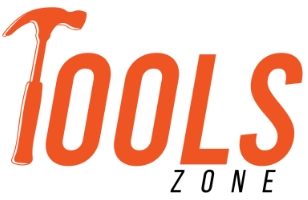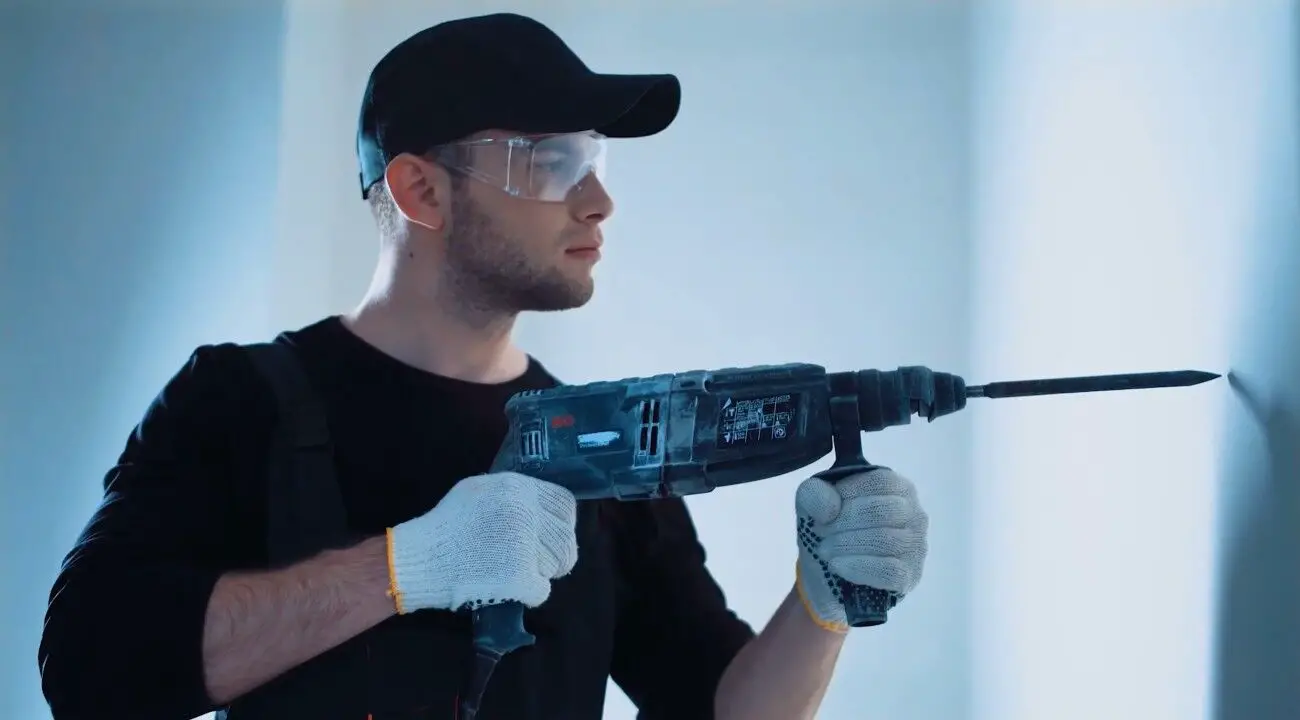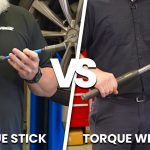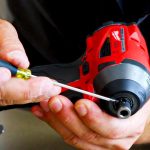Table of Contents
Whether you are completing a home improvement or an automotive project, power tools are always helpful to carry out any task effortlessly and efficiently. Among the existing power tools, the drill is the most convenient one for completing both personal and professional projects. However, a recent study states that a total number of 5800 people were injured due to using power drills recklessly. So whether you are a beginner or a professional, the importance of safely using drills is beyond description. With that in mind,
no matter which task you are carrying out, an early precaution will drastically reduce your chances of getting injured. So here are some of the safety precautions that you need to take while using a drill.
Safety Goggles And Clothing
Baggy or loose clothing and additional dangling jewelry are prone to get caught in the drill, especially when you lean on and drill. Thus it’s wise to tuck in loose clothing and keep the dangling jewelry in your bag before starting the work. If you have long hair, especially female workers, you need to tighten your hair so that it doesn’t block your eyes. Furthermore, you should always wear safety gear and goggles to prevent flying debris and dust while drilling. The debris and dust may come straight or even from the side, leading to severe injury and even complete blindness.
Ear Protection
Now, some of you may use the drill once or twice for completing a small task or project. Hence, you may not care about ear protection as it doesn’t hurt much. But things are not the same when you use them on a daily basis. Drills tend to make huge noises up to 90 decibels, and some high-powered drills can make louder noises. Also, the noise gets louder when it contacts the hard surface for drilling. The loud noise will hurt your eardrums and can eventually lead to a permanent hearing problem. Hence, it’s vital to ensure ear protection by getting good quality soundproof headphones.

Lungs Protection
When you are working with bricks or concrete materials, they expose a high amount of crystalline silica dust, which causes a respiratory disease named silicosis. Hence, it’s very vital to protect your lungs from such exposed materials. Many workers wear dust masks to prevent damage to their noses and mouths. However, if you consider the long-term outcomes, a respirator is by far a better option. It strongly ensures protection from harmful hazards and provides clean air for breathing.
Safety Gloves
In order to get a good drilling experience, it’s crucial to ensure optimal pressure. For that, you need to hold the drill firmly. However, it’s difficult to hold the drill properly while it’s in motion. Also, some people have severe hand sweating issues, and it can easily make you slip the drill. Hence, it’s always better to wear safety gloves for better grip and deal with hand sweating issues so that no disaster can occur.
Now that we have taken a proper look into the safety precautions let’s dive into key details that we need to be careful of while using the power drill at the work site.
Choosing The Correct Drill Bit
Choosing the right drill is very important as each kind is designed to drill through specific materials. For example, a general-purpose bit is designed for drilling wood, a masonry bit for stone, brick, or concrete, while the HSS bit is for metals, and so on. If you use the wrong material bit on the wrong surface, it’s going to break and can cause severe damage to both the drill machine and you as well.
Also, it’s important to ensure the right size bit for your drill. When you place the drill on the screw, it will hide the shaft of the screw, and screw threads will be visible from both sides. And this way, you can ensure the right-sized bits are well fitted on your drill.
Ensure Drill Bit Is Firmly Stuck Into the Chuck
When you look into the jaw of the drill, you will see a clamp which is your drill chuck. The thing is, it firmly holds the drill bit when it is spinning. In order to change a damaged drill bit or use a different-sized drill bit, simply shut off the drill and lose the chuck by rotating it. If you are using a handheld portable one, you can do it by hand.
But if it’s a heavy-duty one, you should use the chuck key that is located in the top compartment or handle of the drill. After safe removal or changing a drill bit, you need to inspect whether it’s straight and well-stuck. Finally, remove the key, and you are good to go.

Handle The Cord Safely
The latest drills are often powered by a built-in battery. But the conventional ones are powered by the wall outlet. Thus, make sure the cords are not stretched too much and left in the walkway when you use them. That’s because the power cord can tear up or lead co-workers to fall by stepping on it. Moreover, when you use an extension cord, match it with the minimum wire gauge required for the drill for safety purposes.
Avoid Overheating
While drilling through a hard-to-crack rock or tough materials at high speed, creates a huge amount of friction. And with continuous usage, this friction will rapidly overheat the bit. When you notice the bit turning red or the material burning, you need to slow down the drill speed to adapt to the situation.
Secure The Workpiece
Sometimes you need to drill through small pieces like a bunch of wood or steel. Some people may prefer using a hand to hold them up and drill with the other. But it’s not ideal to do this as your hands can easily slip while it’s in motion, and the outcome can be very dangerous. So it’s always better to clamp down the small pieces together and drill through them at the same time.
Pilot Hole And A Stand
Before drilling with the desired bit, you can create a pilot hole by using a small drill bit. So when you use your desired drill bit on a pre-drilled hole, you can get straight drills and also prevent it from slipping away. On the other hand, a stand acts as your guide throughout the process. While drilling through harder materials like metal or rock, prevents slipping, scratching the workpiece, and also makes a straight hole into it.
Clean Drill Components
And last but not least, clean your drill components regularly. First, inspect thoroughly before using them and if you find any damage in any parts, replace them right away. Also, usually, when you use your drill, dust or debris tends to get in the component. The more you use it, the dirtier it gets. So, it’s wise to clean the components after using them. You can use a brush to clean the clamps, and chips, drill bits and apply oil to keep them spinning smoothly. This regular cleanup will increase the life span of your drill as well.
So, here goes everything about how to use a drill without getting yourself injured. In the end, a little knowledge of using power drill machines can easily prevent unwanted injuries from happening. Hopefully, following these safety tips will guide you to protect yourself and your tools as well.










Leave a Comment